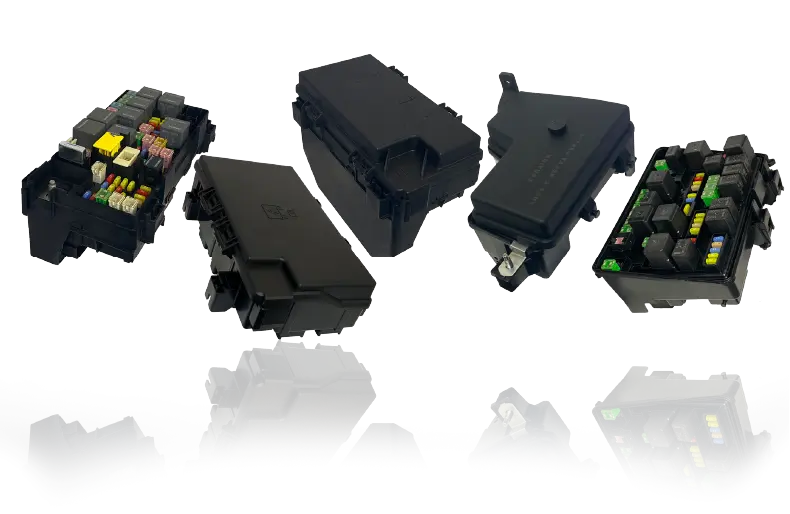Frequently Asked Questions
Find topics by entering terms in the search box.
What countries do you ship your products to?
We do ship within US, UK, Canada, Australia, Mexico, Norway and other U.S. Territories. We use DHL for International Orders.
Recipients of orders shipped outside of the United States will be responsible for any and all costs associated with import taxes, customs duties, or fees levied by the destination country.
What are the shipping options?
Shipping methods include Fedex 1-Day, 2-Day & Overnight Shipping. Free shipping via Fedex Ground and USPS Priority Mail (up to 5 days).
Where do the ECMs get shipped to?
Our address is 9531 Cozycroft Avenue, Chatsworth CA 91311
I received a wrong part which is different from what I ordered.
If you can use the return label that came in the box to send it back to us, we are more than happy to replace it with the correct part.
I am looking to purchase a ECM repair. Do you send me a box to send it in or just a shipping label? How does this work?
You would be responsible to ship it to us and then we will ship it back to you once completed.
If I sent in a ECM to be rebuilt, How long would it take?
Repair Service can take up to 4 days upon receiving your unit, to when it’s
shipped out. We can ship a rebuilt unit 2-3 business days after you place your
order.
What are the international taxes, duties, etc. that I have to pay?
n/a
When will I receive my order?
When you place an order with MAKS, you will receive an immediate Order Confirmation email to the email address you supplied at checkout (check your spam folder) or call us as if you need help.
Once placed, most orders ship within 24 hours, but your order can take longer to ship depending upon our order volume. If an order ever passes the 3-day mark, we will call or email you and let you know when we expect to ship. In any case, upon shipment, you will receive an email with tracking information.
If you want to get additional text updates as the package makes its way to you, follow the link within the Shipment Confirmation email, to a page where you can add your cell number at screen-bottom. Thereafter, you’ll receive text updates on the package’s progress. Upon delivery, you will receive an additional email notifying you that the package has been delivered.
What do I do if I never received my order?
n/a





